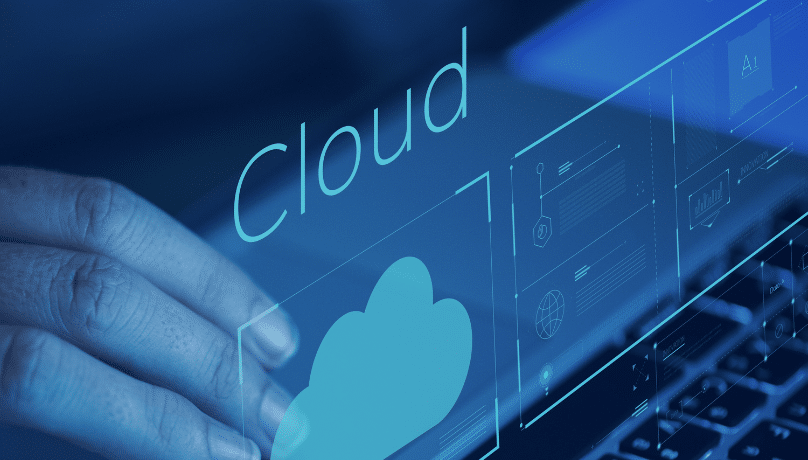Daily data production by financial institutions is enormous, ranging from account and client activities to market and operational analytics. It has always been a difficult effort to examine and draw important conclusions from this enormous amount of data, frequently depending on manual procedures and traditional data analysis techniques. However, the development of big data and analytics – one of the trending banking technologies has completely changed the banking sector, allowing banks to use their data to its fullest extent and spur innovation never seen before.
Through the processing and analysis of structured and unstructured data from several sources, big data analytics enables banks to find unnoticed patterns, trends, and correlations that can guide strategic decision-making. Banks may reduce risks, improve client experiences, get a competitive advantage, and simplify operations by using sophisticated analytical tools and procedures. Several of the use examples that follow will show how big data analytics are applied in the banking and financial services sectors.
See more of technology trends that affect banking/financial services: Top Emerging Technologies Transforming the Banking Sector
1) First Use Case: Tailored Customer Experience
- Challenge: Because they have broad product portfolios and little client segmentation, banks find it difficult to customize their product offers and marketing efforts.
- Solution: By examining transaction data, demographics, internet behavior, and social media interactions, big data analytics may provide a comprehensive picture of clients.
– Personalized product recommendations based on the requirements and tastes of each consumer are one of the benefits.
– Create focused marketing initiatives that appeal more to particular clientele groups.
– Raising lifetime value, loyalty, and client happiness.
2) Second Use Case: Risk Management and Fraud Detection
- Problem: Against ever more complex fraud efforts, conventional risk assessment techniques and fraud detection systems can be sluggish and ineffectual.
- Solution: putting machine learning techniques into big data analytics platforms to instantly spot trends and abnormalities.
– Examine transactional, consumer, and outside data sources (credit bureaus, for example) datasets.
– Create predictive algorithms to foresee high-risk clients and dubious behavior before they happen.
– Reduced fraudulent transactions and bank losses are benefits.
– Enhance the creditworthiness evaluation to make better financing judgments.
– Increase client confidence and tighten regulatory compliance.
View our solution: Transform Financial and Banking Operations
3) Use Case 3: Forecast of Trends and Market Analysis
- Problem: The challenge is for banks to create competitive products and make wise investment decisions by keeping ahead of market changes and economic trends.
- Solution: combining big data analytics with other sources (news feeds, social media, stock exchanges) to collect and examine market data: consumer attitude, spot new trends, and forecast market changes in the future.
- Benefits: Create risk- and return-minimizing data-driven investing plans.
– Create cutting-edge financial products that are adapted to changing consumer needs.
– Proactively reacting to changes in the market will give you a competitive edge.
4) Use Case 4: Cost Savings and Operational Effectiveness
- Challenge: Internal process simplification, cost reduction, and better resource allocation are all demands placed on banks.
- Solution: Implementing big data analytics technologies to obtain an understanding of operational effectiveness is the solution.
– Examine employee productivity measures, branch performance information, and transaction processing times.
– Point up locations that need work and automate repetitious chores.
- Benefits: Optimise internal procedures and resource distribution for higher productivity.
– Automate jobs to free up employees for more important ones.
– Lower running expenses and raise general profitability.
See more use cases related to Banking/Financial services: Digital Transformation Use Cases in Banking/Finance
5) Conclusion
To keep a competitive advantage in the quickly changing banking industry, financial institutions now need to use big data analytics. Personalized customer experiences, strong risk management, knowledgeable market analysis, and efficient operations are made possible by banks’ use of sophisticated analytical tools and procedures. Big data analytics has the revolutionary potential to revolutionize the banking industry, as we at ITC Group recognize. Get in touch with us right now to find out how ITC Group can enable your financial institution to use big data analytics and promote long-term expansion using innovation powered by data.








